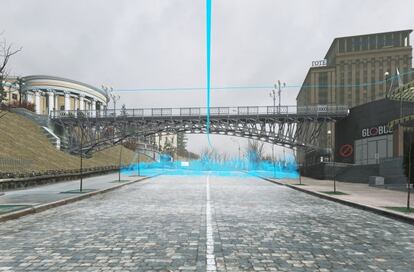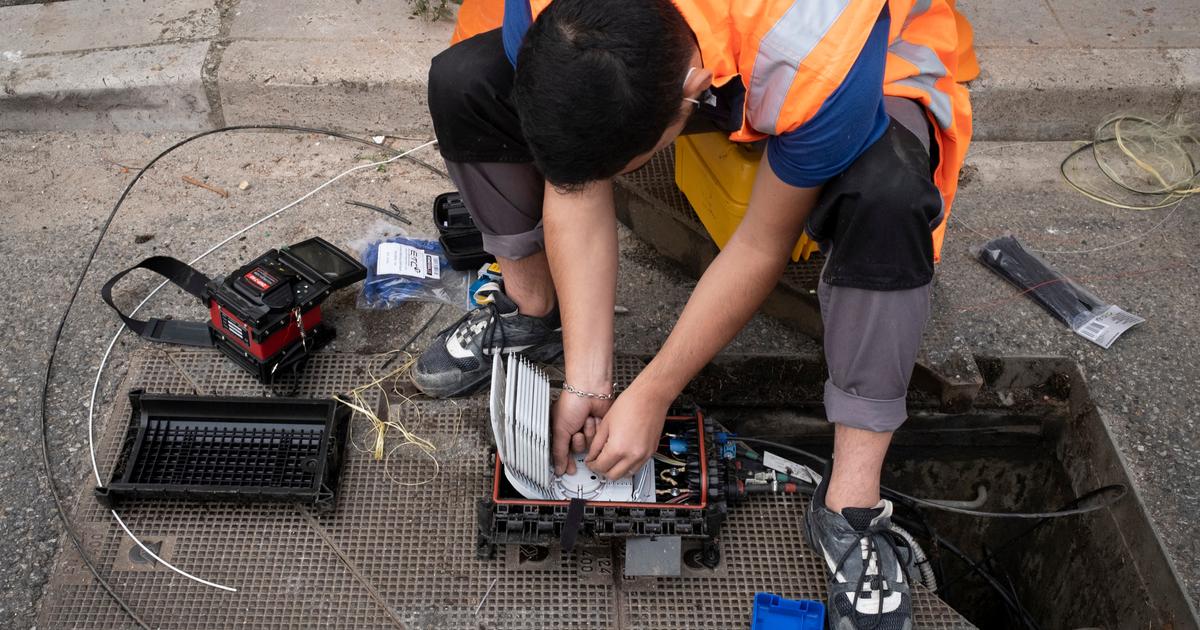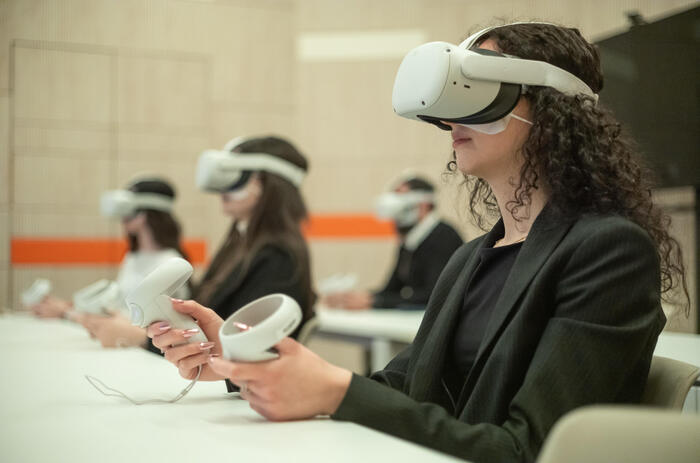The geopolitical future of Europe is reflected in the digital world, which these days is experiencing the effervescence of major events.
The metaverse, that non-site where it is assumed that in 2026 25% of people will spend at least one hour a day, has been one of the great protagonists of the Mobile World Congress held until yesterday in Barcelona, well with news that underlines its possible educational contribution, either because of the synergies that are signed (the last one, that of Telefónica and Meta, former Facebook) to exploit its potential.
But without thinking about the future and with an eye on today, the truth is that virtual reality is achieving something that seemed impossible not so long ago: being there without being there.
Yes, it is clear that visiting a monument close to one's home in the digital world instead of physically approaching it is silly in principle, but what about dangerous places?
What about the exclusive places?
Some examples are already appearing.
On February 12, the 36th Goya Awards ceremony was held in Valencia and on the previous red carpet there was an unexpected guest: a Meta virtual reality camera through which users of Quest (virtual reality goggles from the company) were able to see
in situ
and in 360 degrees to the celebrities who paraded towards the Palacio de las Artes Reina Sofía.
Virtual immersion obviously does not work only with activities that offer aesthetic contemplation;
it also does it with activities with more action.
Neurologically, violence activates the nervous substrate of reinforcement: that is why we like violent movies and series.
With video games it is no different: for many years war games (
Call of Duty
,
Battlefield
,
Medal of Honor
…) have had an overwhelming success among the public.
Entertaining games, adrenaline and, of course, mostly violent.
But war is not only violence, or violence is not the only thing that can be analyzed within a war like the one the world is experiencing right now.
And for this, technology can also help us.
An image from 'Aftermath VR: Euromaidan'.
In 2018,
Aftermath VR: Euromaidan
appeared , by Sergiy Polezhaka, Alexey Furman, Kyrylo Zhylinskyi.
It was an immersive documentary about the revolution
the
maidan
in Kiev that reconstructs the events that occurred on February 20, 2014 that led to the overthrow of Viktor Yanukovych in Ukraine
.
It is not the only digital way to approach the country attacked by Russia.
Last year, Alexey Furman, a Ukrainian video game developer, went a step further: he took advantage of the immersive possibilities offered by virtual reality and published
The Point of No Return
, a three-dimensional game based on the daily life of a Ukrainian soldier who decides to enlist in the army and go to serve in Crimea.
The game is intended as a real life simulator in which the player (in first person) cannot perform violent or heroic actions.
It is what is commonly known as a
walking simulator
and its mechanics are based on the collection of information, the capturing of the environment and the interaction with the elements (objects, landscapes) that we have around us.
Far from wanting to shock based on explosions or shots,
The Point of No Return
it is designed to show the real atmosphere faced by the soldiers on the front lines, in a very conscious effort to educate the Ukrainian population about the situation in Crimea.
Based on the testimonies of several real soldiers (including Dmytro Bondar, who in addition to telling his story gave his voice to the game), the suggestive power of the game is based on the small details that the Ukrainian soldiers see during the time their service lasts. : the cigarettes, the rosary glued to the wall, the noise that the mud of the trenches makes when stepped on.
Technology is advancing fast and becoming more and more accessible: supported by the Ukrainian Cultural Fund, the game barely exceeded the budget of $30,000.
The greatness of the game is precisely in giving up that gratification in the nervous substratum of the reinforcement.
It does not intend to please, but rather to raise awareness, to show its fellow citizens the experience of physical and emotional trauma caused by war.
Maybe it was late, maybe it was a bottle in the sea.
But nobody can take away from this work the merit of raising awareness of a threat that, unfortunately, finally arrived on the morning of February 24, when that
Point of No Return
referred to in the game's title was crossed.
You can follow BABELIA on
and
, or sign up here to receive
our weekly newsletter
.






/cloudfront-eu-central-1.images.arcpublishing.com/prisa/5XHQJV36IVHL7KFVDHIH74MW4Q.jpg)








